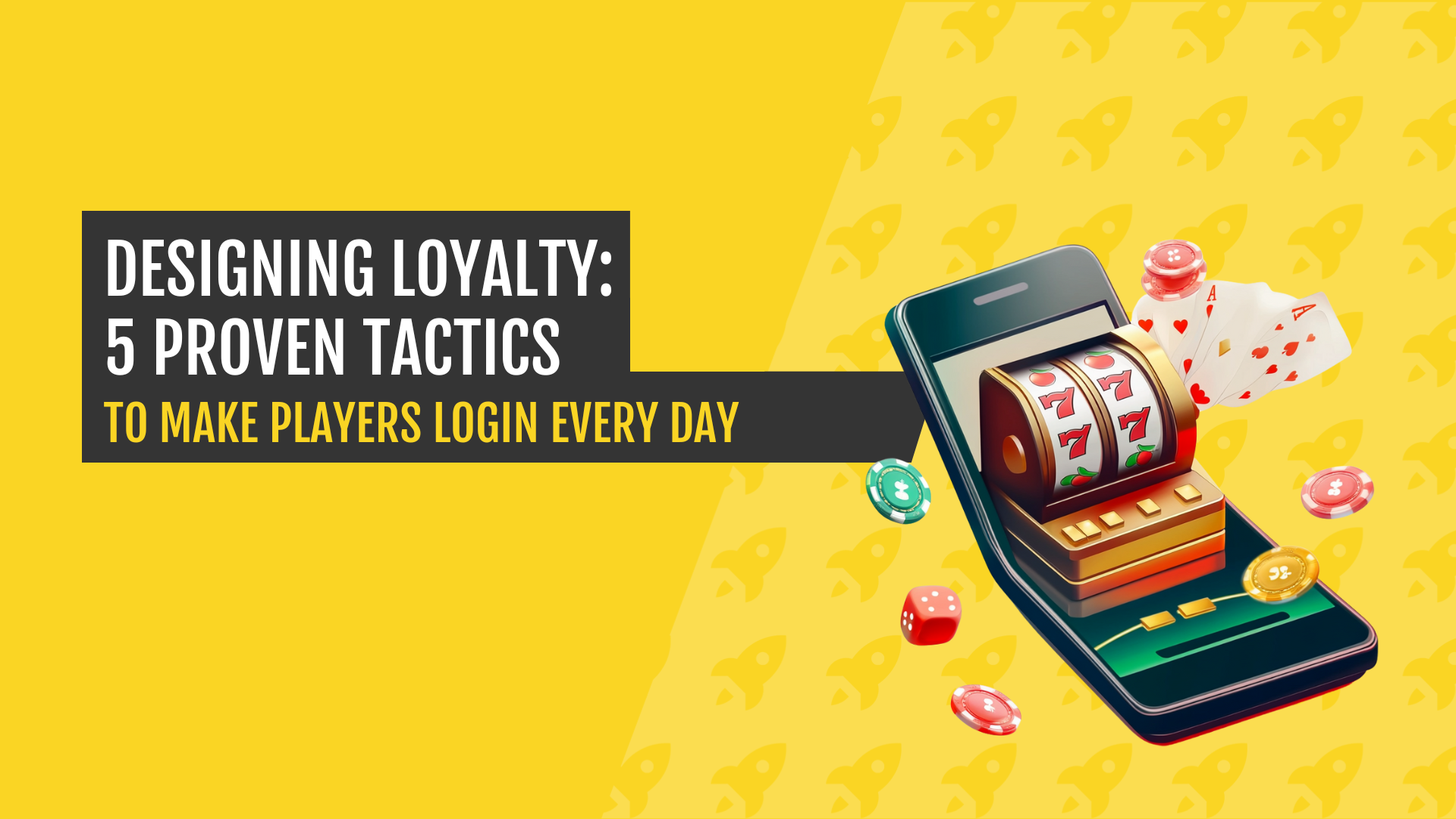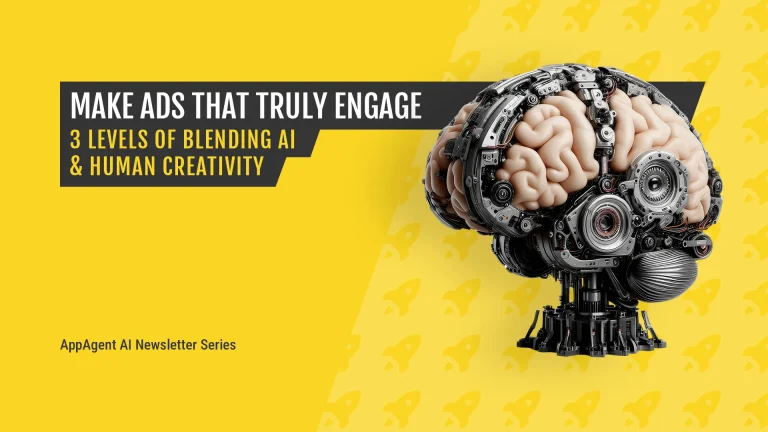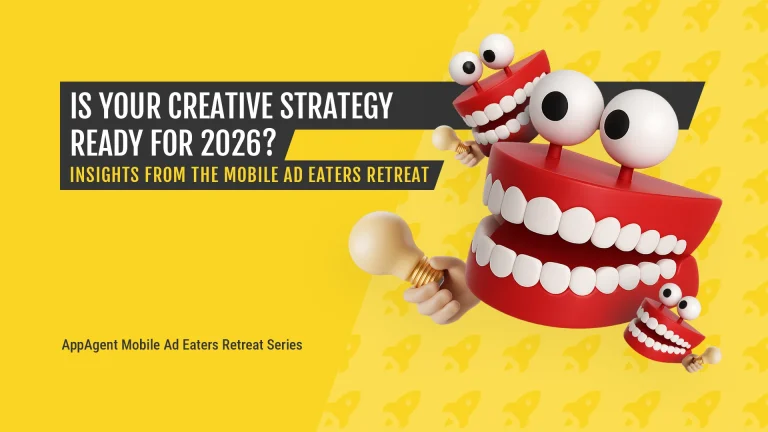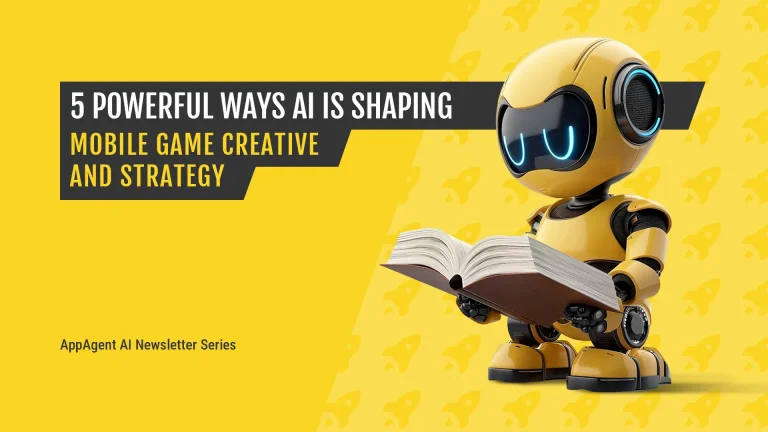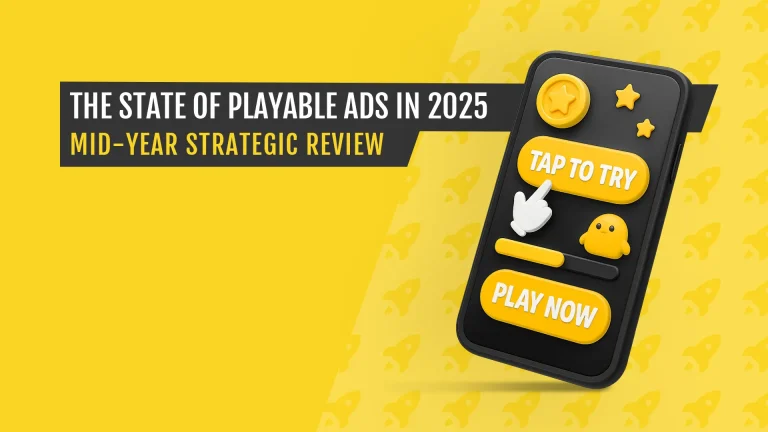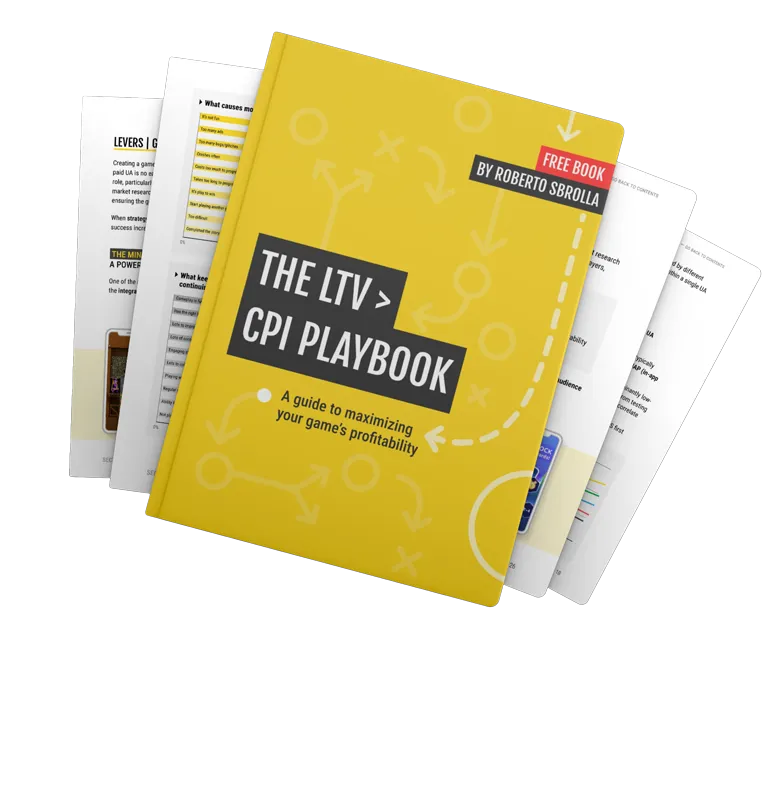Why do players open the same mobile game every single day — without a single push notification?
This phenomenon isn’t driven by fun gameplay alone, it’s deeply rooted in psychology.
Behind colorful worlds and daily quests are mechanics built to develop habits, shape emotions, and encourage continuous engagement. From free-to-play users trapped in FOMO loops to whales planning multi-thousand-dollar gacha pulls, the best games are designed to build loyalty.
In this article, we’ll explore the top psychological tactics behind mobile game engagement, including habit-building loops, scarcity strategies, social nudges, and more.
1. Skinner Box Mechanics: Rewards & Daily Logins
The Skinner Box is a concept from behavioral psychology originally used to study how rewards shape behavior. Game designers adapted this model to train players to take repeat actions, like logging in or completing daily tasks.
From day one, players are met with small, consistent rewards: free upgrades, daily login bonuses, and early-game victories. These are more than just generous gifts, they’re designed to form habits.
This effect is amplified by casino logic — the idea is that unpredictable rewards, emotional ups and downs, and FOMO are powerful motivators. Over time, skipping a day feels wrong.
Stuck on a level? Out of moves? Watch an ad. Burn currency. Pay. These “choices” are designed to keep the players hooked. What feels like benevolence is actually a strategy nudging them to chase tiny rewards via QR codes, email coupons, or web hunts.
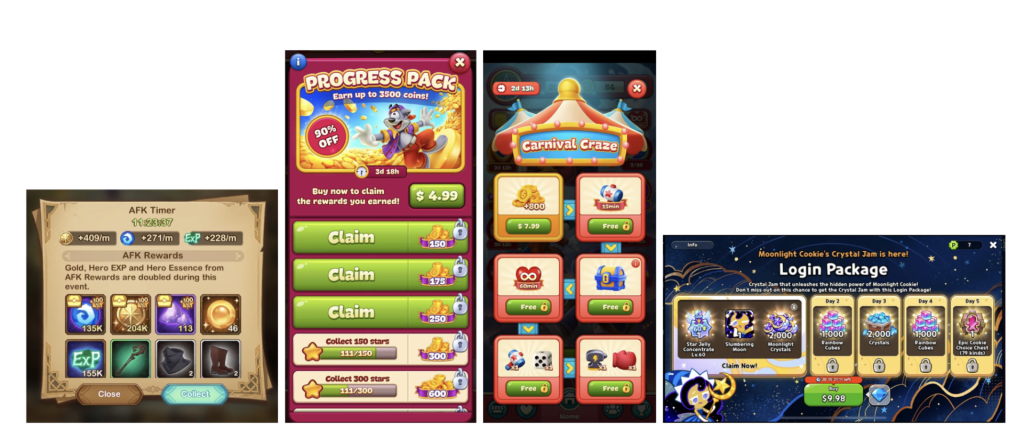


Example – Cookie Run: Kingdom
In Cookie Run: Kingdom, players are hooked with freebies, currency drops, and promo codes shared across social media. But these “gifts” are calculated to pull players back.
Their ad banners shout, “Claim 9000 gems + bonus rewards now!” – turning a simple download into a win. Players scour Twitter, TikTok, and Discord for codes, turning the experience into a full-on scavenger hunt.

2. FOMO: Exclusivity & Scarcity
Players act fast when they sense that an opportunity is fleeting.
Limited-time banners, time-locked rewards, and exclusive events tap into a sense of urgency. It’s a classic principle from behavioral economics: scarcity boosts perceived value, especially in gacha-style games. Developers use this to nudge players into quick action before the chance slips away.
Example – Love and Deepspace
A good example is Love and Deepspace, a mobile gacha/otome game, which lets players unlock memories with their favorite character. The catch is that most memories are available only once a year, which creates a sense of urgency.
Players complete levels, invest in the gacha system to obtain ALL memories out of FOMO before the next major update.
During a Lunar Festival event, the related ad generated 300,000+ views on TikTok. For comparison, the same event in Tears of Themis saw just 15,000+!
Scarcity turns passive players into active ones.

3. Whale Psychology: Monetizing the Top 1%
“Whales” make up just 1–2% of players, but can account for up to 70% of in-game revenue. These aren’t casual players — they’re deeply invested on emotional, social, and financial levels.
Gacha games (inspired by Japanese capsule machines) are a goldmine here. They combine anime aesthetics, status signaling, and emotional reward loops.
Why whales spend:
- Sunk cost fallacy: the more they invest, the more they spend to justify it.
- Prestige: spending earns them distinction, both in the game and on social media.
- Dopamine hits: rare items trigger a reward loop in the brain.
- Unrestricted gameplay: unlike F2P users, whales bypass time gates and grind.
Retention mechanics:
- Pity mechanics: guaranteed wins after enough tries.
- Streaming culture: big spenders show off online, inspiring others.
- Scarcity: limited-time banners trigger urgency.
Genshin Impact: event banner guarantees 4-star characters each 10-pull and 50/50 chance to get a 5-star character. In this particular example, Japanese players invested around US$20.3 million.
Example – Genshin Impact
For example, Genshin Impact is an action RPG with gacha elements targeting high-value players. Its creative strategy weaves core gameplay elements into its advertising:
- Limited-time offers
- Pity system mechanics
- High social media integration
The game builds hype through monthly special programs, revealing upcoming banners weeks ahead of time — fueling anticipation and strategic planning. Top-spending whales often budget around $5,000 or more.
Unlike typical “flashy mobile ads,” Genshin takes a different route: clean character reveals, minimal hype, and a straightforward message: “Here’s what’s coming.”
This isn’t impulsive spending. It’s a planned investment.
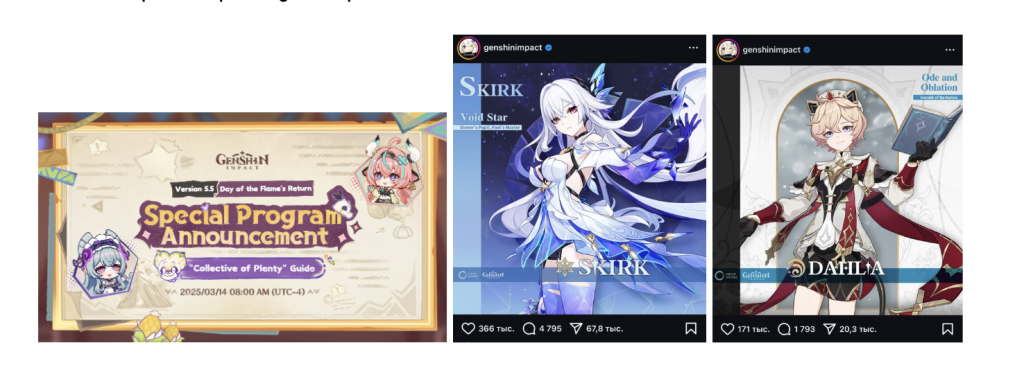
4. Competition & Provocation
Competition can supercharge motivation and engagement in entertainment-focused games.
This can be internal competition (personal progress, daily challenges) or global competition (leaderboards, PvP, ranked modes). Seeing others with slightly better scores or items provokes players into the “I can do it better!” feeling, which further drives the need to spend.
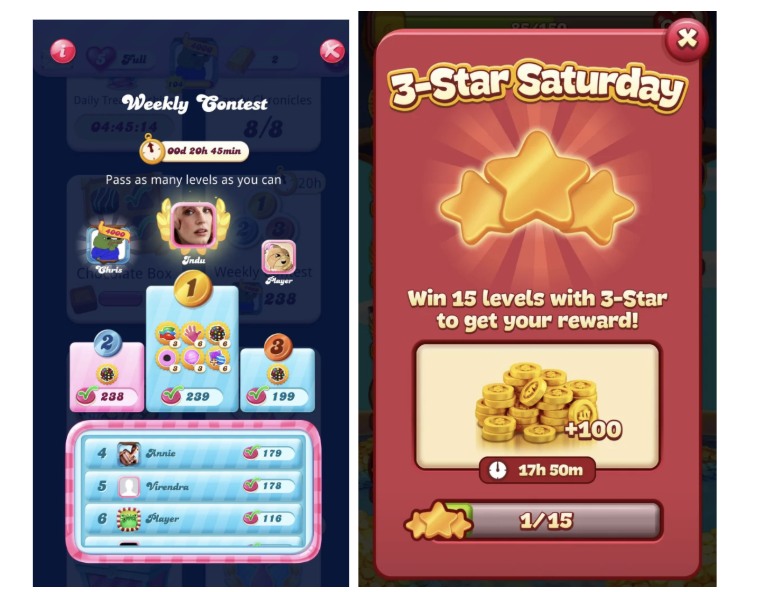
Example – Subway Surfers
Subway Surfers, an endless runner game, displays how close players are to passing the next person on the leaderboard in real time, turning progress itself into a game. This fuels the drive to keep playing, pushing for first place or climbing the ranks to earn rewards.
Example – Royal Match
Another example is the infamous Royal Match, which often shows failed attempts that prompt players to prove they can win. In this case, frustration turns into clicks.
5. Personalized recognition
The best games don’t just reward, they recognize.
Milestones, shoutouts, and community events help foster emotional connections that go beyond gameplay, gradually building lasting loyalty.
Why it works: Personalized recognition makes players feel seen and appreciated, sparking emotional attachment and long-term loyalty. It also motivates others to compete for that same spotlight. When a game celebrates a player’s achievements, effort, or individuality, it strengthens the bond between player and game.
Example – AFK Arena
AFK Arena highlights first-time milestone achievers by displaying their avatars on completed levels and sending small server-wide rewards. Competitive players earn leaderboard spots, medals, VIP frames, and even social media shoutouts.
The Medal Rewards feature drove a 41% revenue boost in its first month, with 30% growth sustained over the following two.
When games personalize recognition, they show players they matter, not just their wallets.
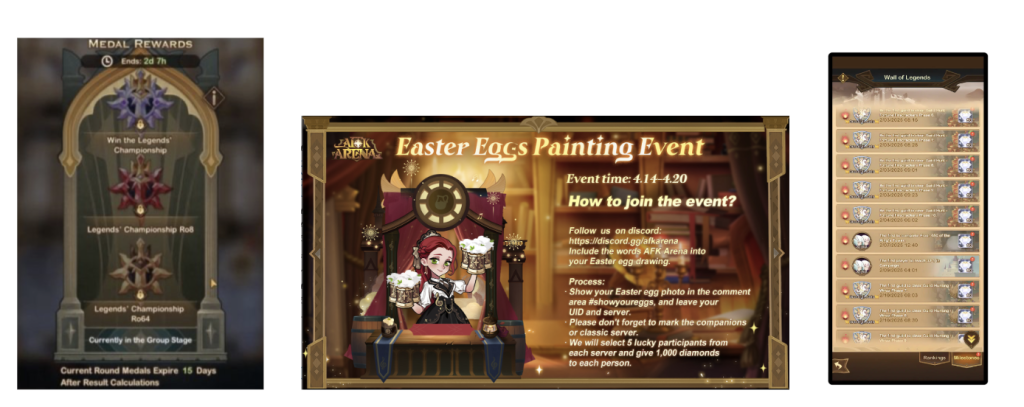
Conclusion
The real key to long-term success isn’t just layering in mechanics, it’s understanding your audience. Games that listen, adapt, and offer value beyond pay-to-win are the ones that truly build loyalty.
Take Love and Deepspace, which earned $446.6M in its first year. Instead of relying solely on monetization hooks, it added free, emotionally resonant features like menstrual tracking and custom voice messages from in-game love interests.
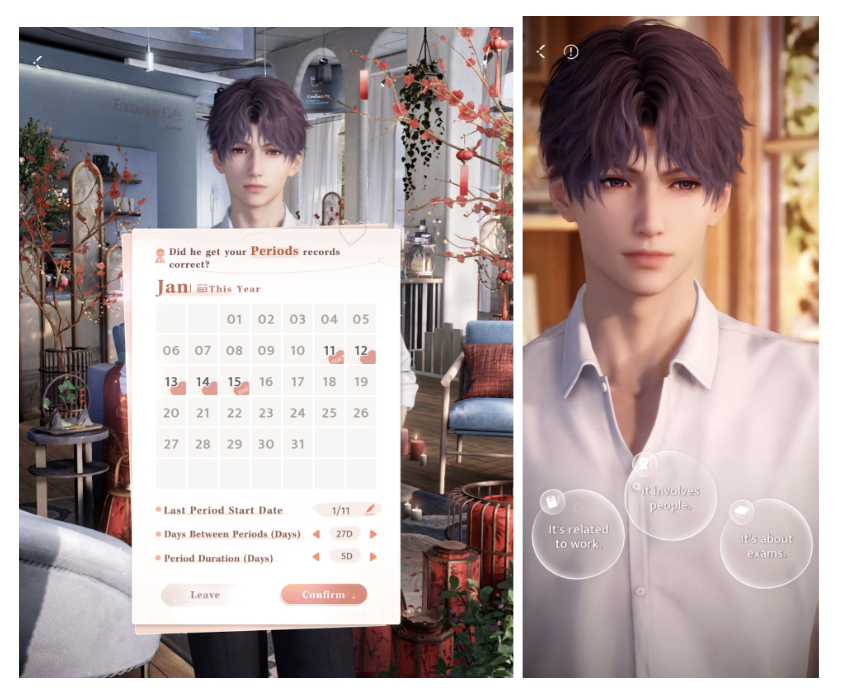
Players don’t stay for flashy banners. They stay for meaningful experiences.
If you want long-term logins, speak to who your audience is, not who your brand wishes it was. Design for emotion. Deliver value. The logins will follow.
For a studio-level view on how to build a strategy around those principles, read How to Develop a Successful Strategy for a Mobile Gaming Studio.
